- ‘Cankles’ is not a medical term or a medical condition, and there really is no golden calf-to-ankle ratio that we all aspire to
- There are both non-surgical and surgical treatments for cankles.
- Cankles can be surgically fixed through either liposuction or calf augmentation.
What are cankles?
A cankle is a somewhat kitschy and slang term for oversized, swollen ankles that occur when and if the ankles thicken and the lower calf appears to merge with them. (C is for calf, get it?)
Do I have cankles?
If your ankle and calf muscle are similar in size, you might have cankles. A hallmark of having cankles is not being able to differentiate between your ankle and calf muscle.
What causes cankles?
Cankles is not a medical term or a medical condition, and there really is no golden calf-to-ankle ratio that we all aspire to. But “a nice transition between the calf and ankle gives a more pleasing appearance,” explains Matthew Schulman, MD, a board-certified plastic surgeon practicing in New York City.
Causes of cankles may include:
- Weight gain in the leg area
- Fluid retention during pregnancy
- Kidney disease
- Excess sodium intake
- Blood clots
- Heart failure
- Genetics (If you’re mother has cankes, you’re at risk.)
Fluid retention in the ankles should be checked out by a doctor as it could be a sign of a more serious condition.
“The ankles are an area of the body that can be prone to fat deposition, depending on your genetic tendencies and body type,” says Lara Devgan, MD, a plastic surgeon in New York City and an attending plastic surgeon at Lenox Hill Hospital. “Most of the time, cankles are not related to obesity or being overweight. They are areas of fullness resistant to diet and exercise modifications in select individuals.”
The same can be said for love handles, under-the-bra fat, and even the dreaded double chin, but unfortunately there isn’t a perfectly sized applicator that allows surgeons to non-invasively freeze, melt, zap or inject away cankles – at least not yet.
Pictures of Cankles
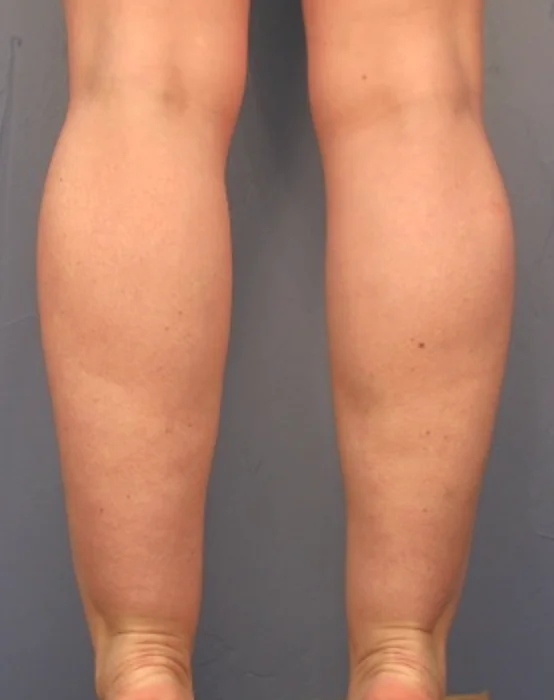
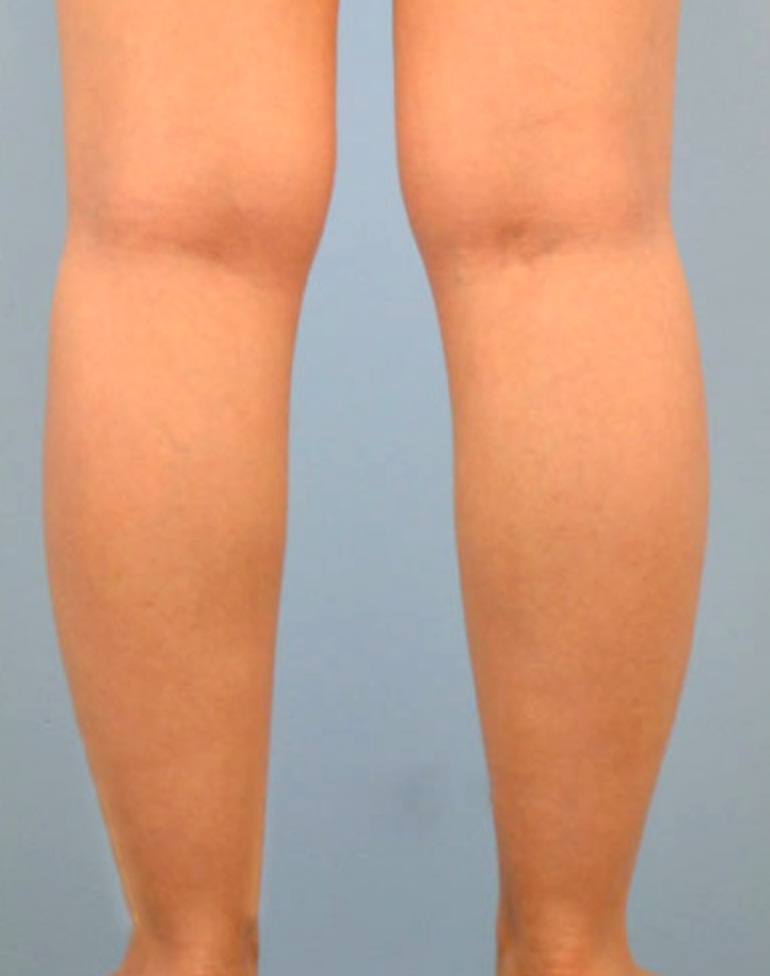
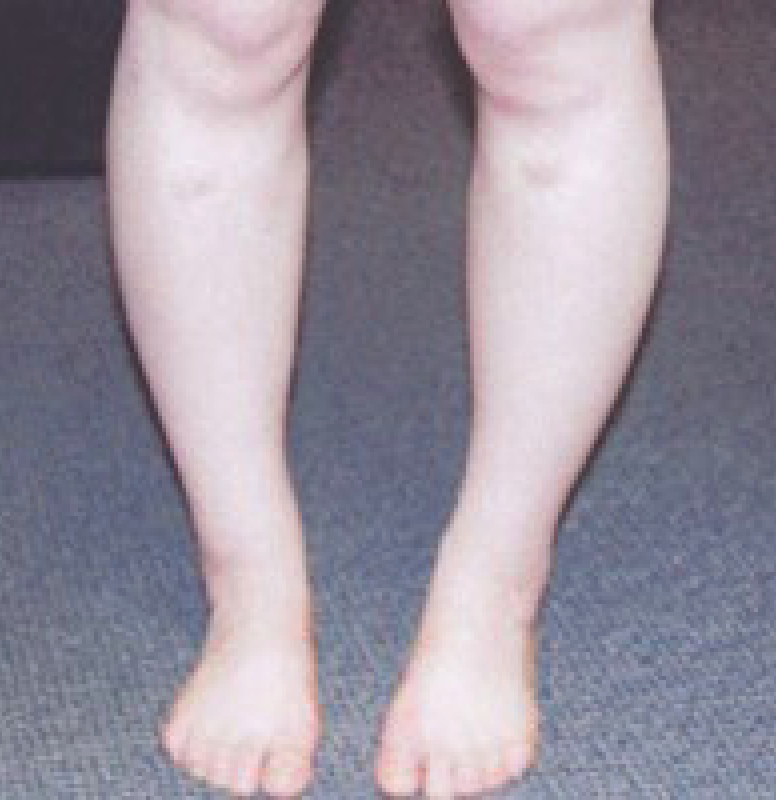
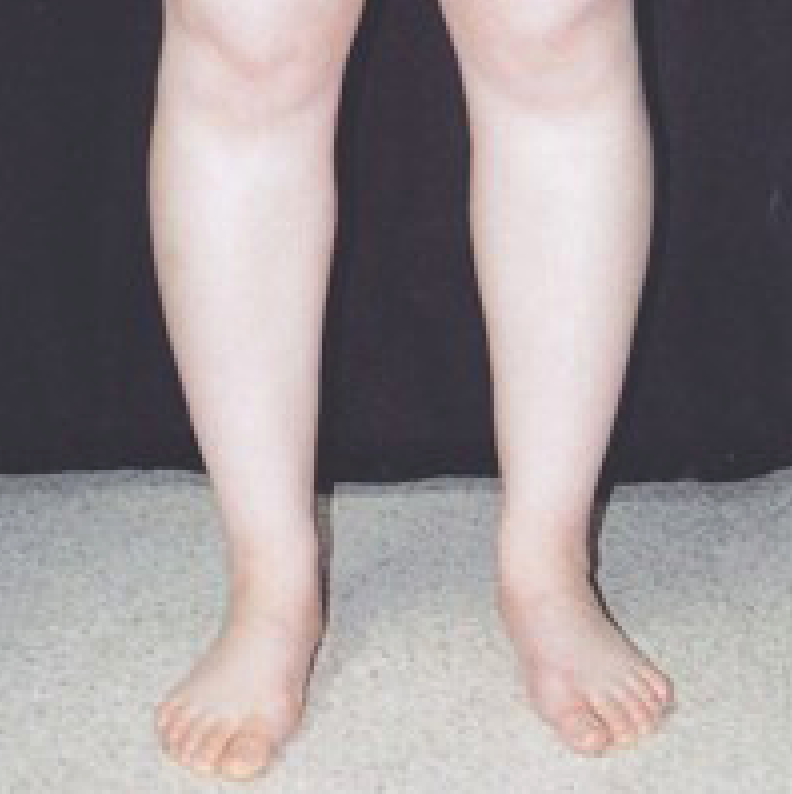
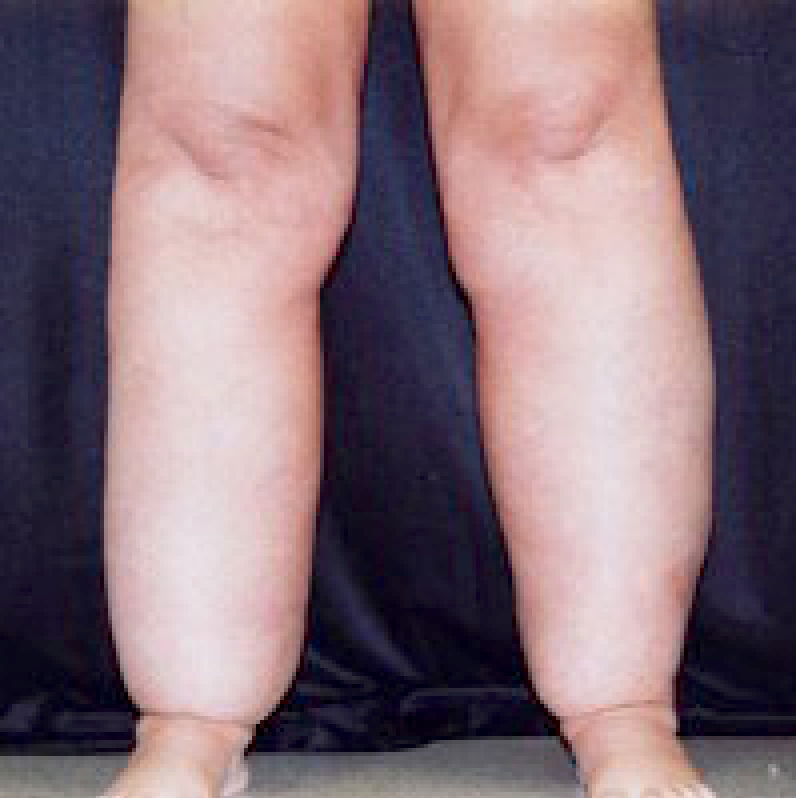
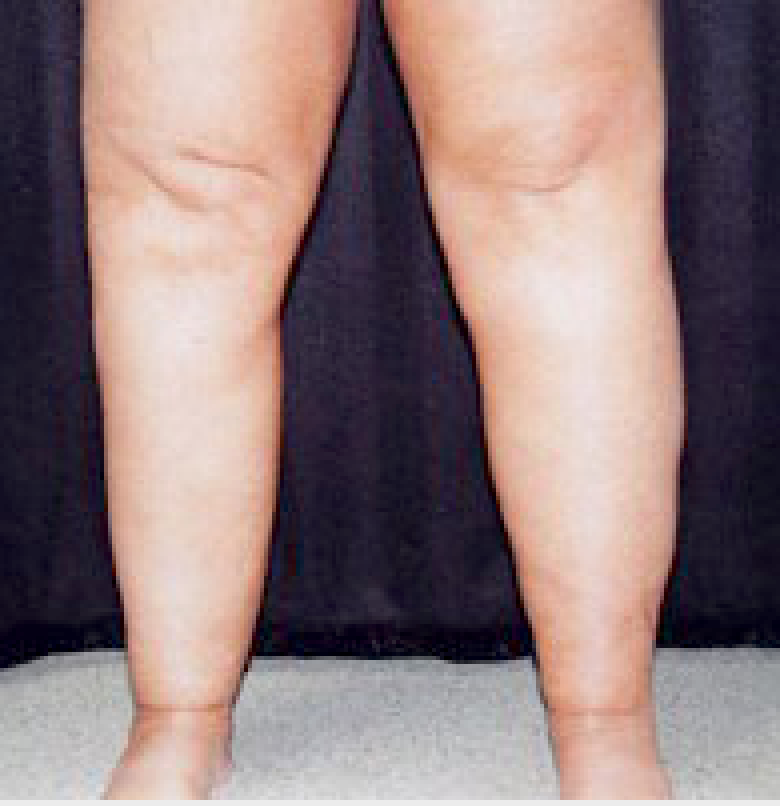
What treatments are available for cankles?
There are both non-surgical and surgical treatments for cankles.
Non-surgical treatments:
- Exercise: Jumping rope and doing calf raises can help add definition to your calf muscles. This added definition can help different the border between your ankles and calfs.
- Body Contouring Devices: Sculpsure or Liposonix devices can be used to reduce excess fat in the calf area. According to plastic surgeon Dr. Perry Liu, Sculpsure is the best non-surgical treatment for cankles.
Surgical treatments:
- Liposuction to remove excess fat in the calf area.
- Calf implants to increase the appearances of your calf muscle.
What is cankle surgery?
Cankles can be surgically fixed through either liposuction or calf augmentation.
“When the transition between the ankles and the calf is blunted, it can be the result of large ankles or small calves,” Dr. Schulman says. “If the calves are small, then the solution is calf enlargement, either through exercise, fat transfer, or calf implants,” he says. “If the ankles are too large, then the treatment will be directed at reduction of the area.”
Calf implant surgery involves crafting an incision in the natural crease line behind your knee, and inserting an implant within the calf muscle. Results are permanent, but there are risks.
What are the risks of cankle surgery?
- Infection
- Bleeding
- Scarring
- Implant Shifting
“My personal strategy for a patient with cankles is to focus on calf enlargement and contouring with fat transfer. I think this is the safest and most predictable treatment,” he says. Fat transfer involves taking fat from someplace where it is plentiful and implanting it where it is in short supply, ie, the calf area.
When it’s the ankles that are oversized, Dr. Devgan prefers micro-liposculpture. “By using fine tipped cannulae, a plastic surgeon is able to meticulously sculpt this anatomic area to make the entire lower leg appear slimmer and more defined. This is done by creating a more distinct junction between the calf and the ankles.”
“A fat inner ankle responds very well to liposuction,” agrees New York City plastic surgeon Z. Paul Lorenc, MD.
Dr. Schulman adds that lipo is no panacea. “More commonly, it is not fat, but rather the underlying bone structure that gives a large appearance making liposuction useless,” Schulman explains. “Also, some women have chronic swelling of the lower extremities and ankles because of venous or lymphatic insufficiency. This makes the ankles appear larger, but not because of excess fat.”
Liposuction can also be risky in this area due to the presence of a large number of blood vessels and nerves, he says. “Swelling in this area after liposuction can be significant and prolonged, lasting over nine months in my experience.”
“If the issue is swelling or edema due to varicose veins or poor circulation, then perhaps treating the veins with a vascular surgeon is a better option,” adds Las Vegas-based plastic surgeon Terrence Higgins, MD. “In the future, noninvasive treatments such as Kybella might prove to be options for treating fat in this area,” he suggests.
As of now, however, noninvasive treatment modalities are significantly less effective, Dr. Devgan says. “They are not able to precisely differentiate between fat depositions, tendons, arteries, veins, nerves, muscles, bone, and soft tissue, and this limits their utility.”
What is the recovery for cankle surgery?
If you opt for calf augmentation surgery to correct your cankles, you will be swollen and bruised for a few days following the operation. You will also experience stiffness while walking during the first 2-3 weeks following your procedure. A small amount of pain is also common, although this is well manage with pain killers.
If you’ve chosen liposuction to treat your cankles, you’re likely to experience bruising, swelling and drainage. You may also experience discomfort while lying flat. These symptoms should disappear in 2-3 weeks following your surgery.
What is the cost of cankle surgery?
The average cost of cankle surgery is $6,000. This price includes the surgeon’s fee, anesthesia and operating room time. This cost does not include the use of a recovery facility (if required).









